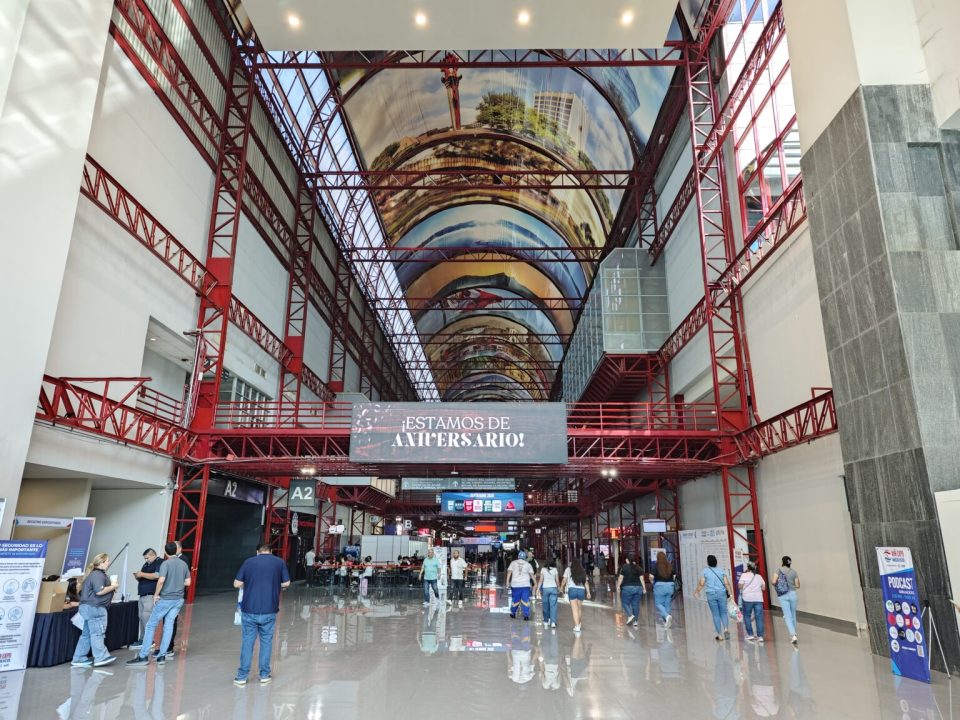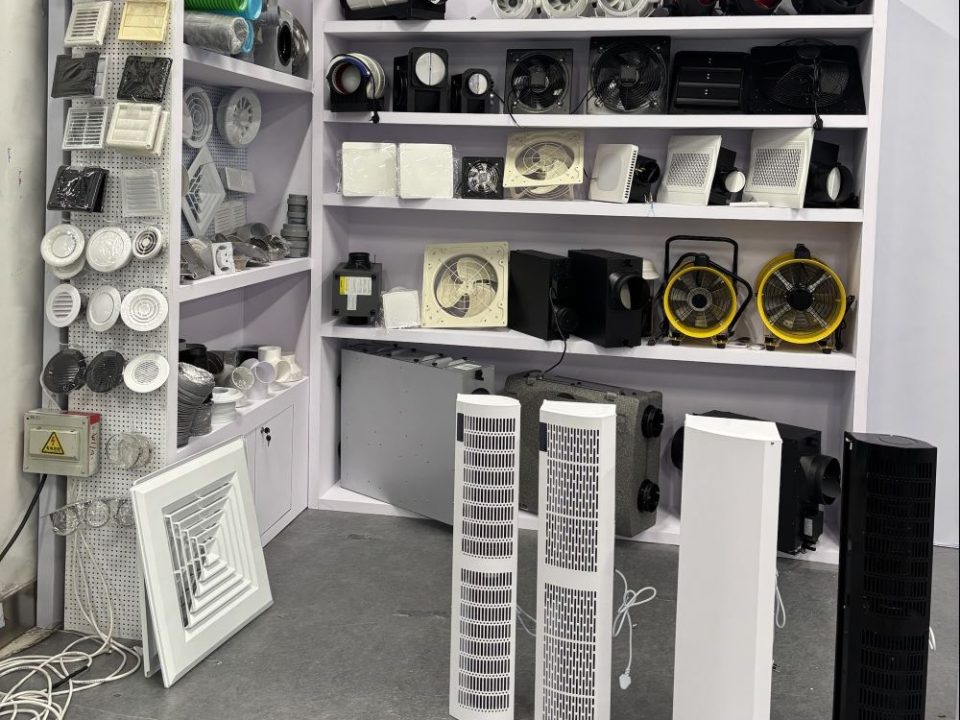Energy Recovery Ventilators (ERVs) align with the principles of the ECO-friendly by promoting energy efficiency and improving indoor air quality.
Here’s how KCVENTS ERVs-KCQR contribute to creating a more sustainable and environmentally friendly living space:
- Energy Efficiency:
KCQR helps reduce energy consumption by recovering heat or coolness from the exhaust air before it is expelled from a building. This recovered energy is used to precondition the incoming fresh air, making the HVAC (Heating, Ventilation, and Air Conditioning) system more efficient.
- Improved Indoor Air Quality:
KCQR ensures a continuous supply of fresh outdoor air while expelling stale indoor air. This constant air exchange helps remove pollutants, allergens, and odors, contributing to a healthier indoor environment.
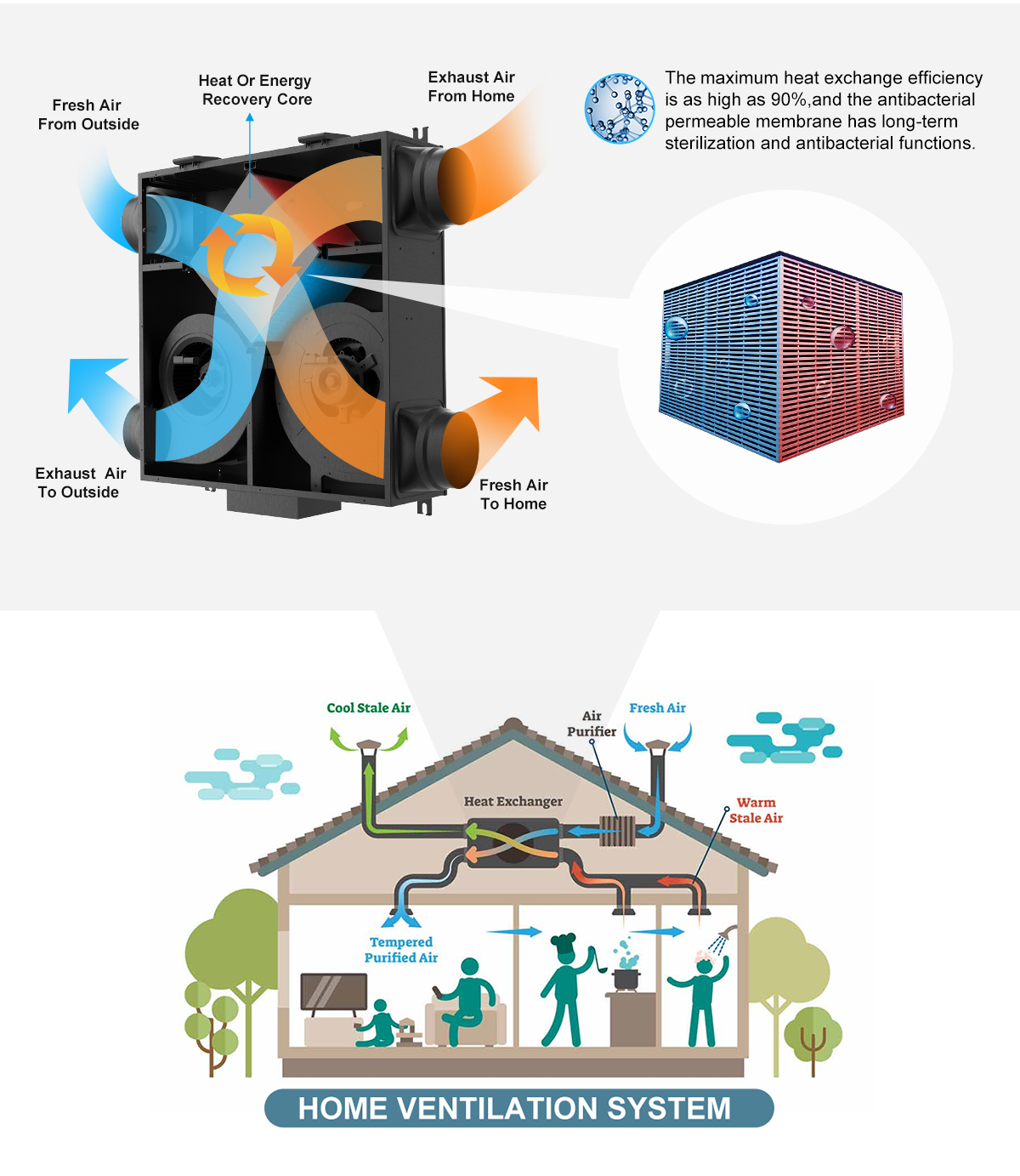
- Reduced HVAC Load:
By pre-conditioning incoming air, KCQR can reduce the load on heating and cooling systems. This not only improves energy efficiency but also extends the lifespan of HVAC equipment, reducing the need for frequent replacements.
- Green Building Practices:
KCQR are often incorporated into green building designs as part of sustainable HVAC systems. Green buildings aim to minimize their impact on the environment by using energy-efficient technologies and promoting occupant health.
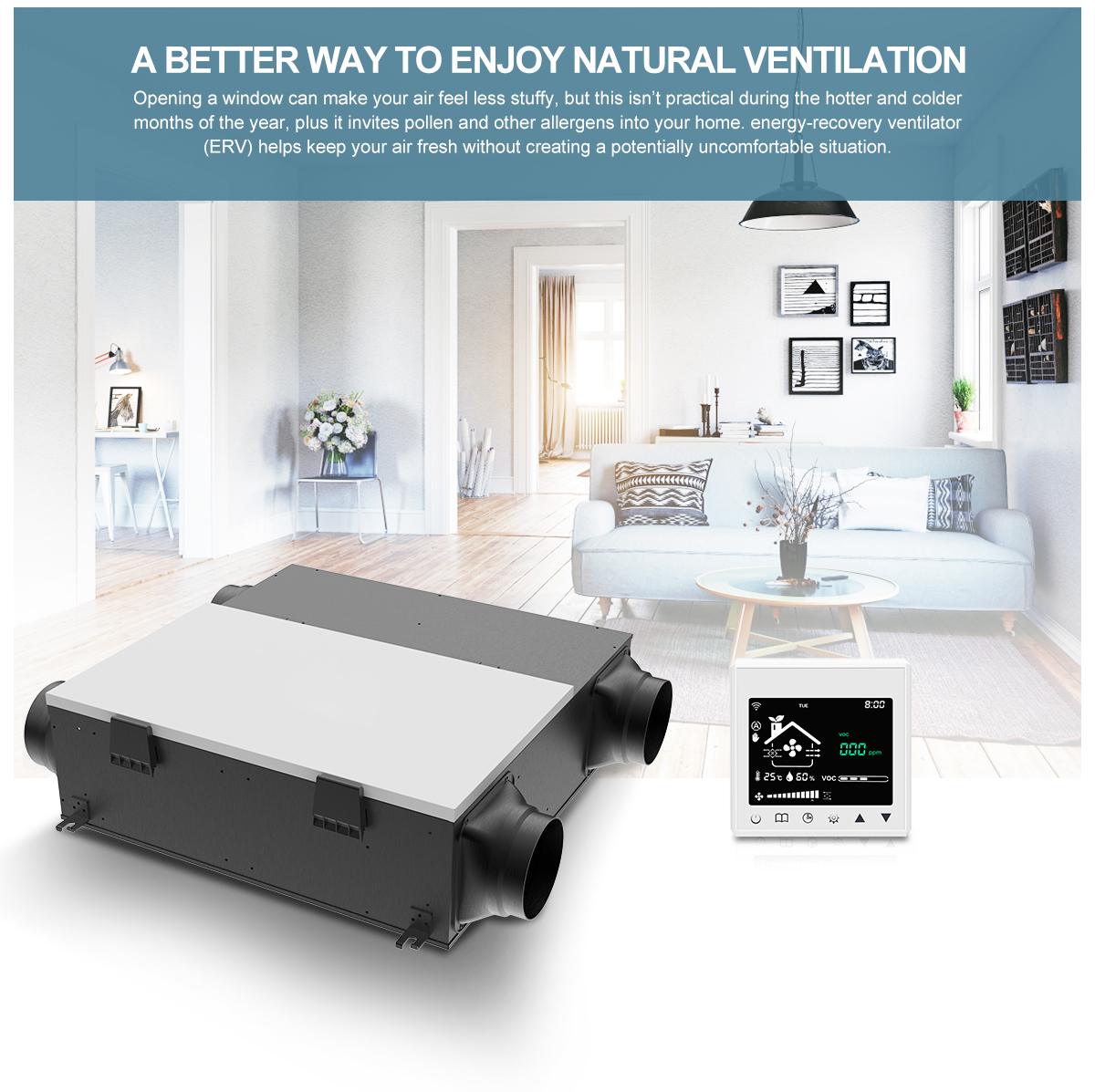
- Reduced Carbon Footprint:
By recovering energy that would otherwise be wasted, KCQR contributes to a reduction in overall energy consumption. This, in turn, helps lower the carbon footprint associated with energy production.
- Conservation of Resources:
KCQR supports the conservation of resources by making HVAC systems more efficient. The reduced need for excessive heating or cooling helps conserve energy resources and minimizes the environmental impact associated with energy production.
- Compliance with Environmental Standards:
KCVENTS ERV systems are designed to meet or exceed environmental standards and certifications. This aligns with the broader ECO-friendly trend of ensuring products adhere to eco-friendly principles.
The main characters of KCQR energy recovery ventilator:
- Counter-flow heat exchanger with up to 90% thermal efficiency.
- Internal acoustic cotton to reduce the noise level.
- Low-consumption motor.
- Centrifugal forward curved impeller
- Galvanized sheet steel body
- 4 nozzles Ø100 mm. / Ø150 mm. / Ø200 mm. /Ø250 mm.
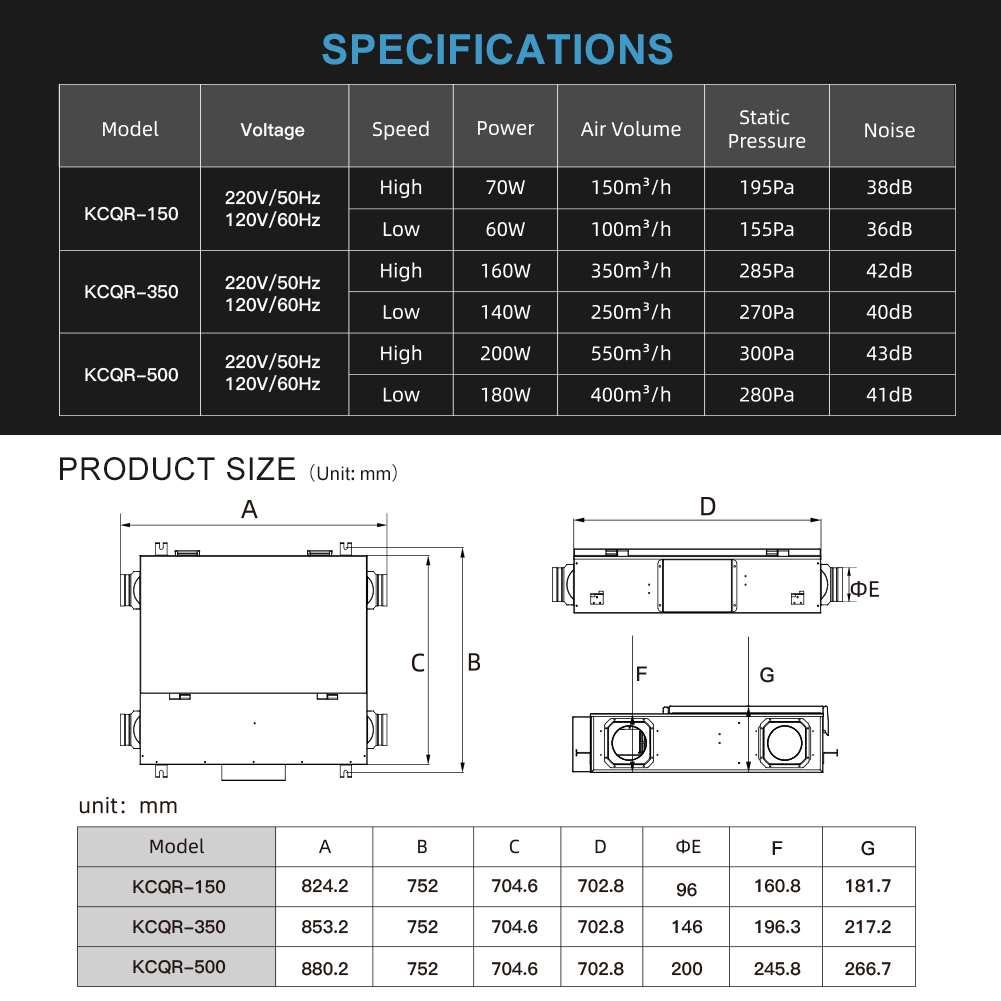
ERVs play a crucial role in creating a healthier and more sustainable living environment. As awareness of environmental issues continues to grow, technologies like ERVs contribute to the overall goal of reducing energy consumption, improving indoor air quality, and fostering eco-friendly practices in building design and operation.

